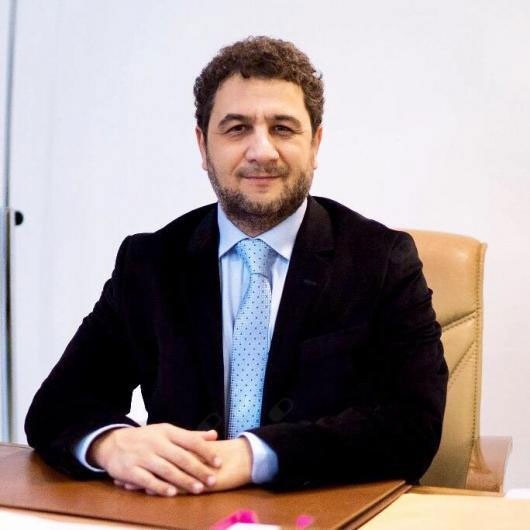Egg Rejuvenation Treatment (Egg Revitalization)
Egg resuscitation (egg rejuvenation) treatment in recurrent IVF failures
Ovarian resuscitation: In recent years, the number of patients we have applied IVF treatment has been increasing. There are many reasons for this increase. One of these reasons is the increasing age of first childbearing in women. Along with modern life, the age of marriage in individuals is also increasing.
Although it is not obvious in men, reproductive potential decreases with age in women. The most important indicator of decreased potency is the disappearance of egg reproductive cells in the ovaries.
Interestingly, while the baby girl has about 1 million egg cells at the time of birth, they are completely depleted after 50 years. While many complex mechanisms cause this depletion, women at the age of 50 enter menopause due to lack of egg cells.
Studies have shown that especially after the age of 35, the eggs go down more rapidly. Therefore, the probability of obtaining both spontaneous pregnancy and pregnancy after in vitro fertilization decreases in women who are in reproductive age but in advanced age.
These patients, in which terms such as ovarian inertia and premature ovarian reserve reduction are used, are treated repeatedly in order to become pregnant. Unfortunately, this situation causes both mental and economic collapse.
In some women, the number of eggs decreases at an early age due to previous surgeries, diseases, chemotherapy or radiotherapy, regardless of advancing age. In some cases, the cause of the decreased ovarian reserve cannot be found.
Many different protocols or auxiliary treatment methods have been tried in IVF treatments for such patients for almost 20 years. However, no successful treatment has been found that makes a clear difference until today. In most cases, patients have to discontinue their treatment because there are not enough eggs (the ovary cannot be revived).
Technological developments to revive eggs in IVF treatment
Technological developments in recent years have been a beacon of hope for patients with reduced ovarian reserve, especially with the joint research of more than one specialty.
In fact, as a result of some treatments (ovarian resuscitation, etc.), pregnancy has been achieved in women who have gone through menopause. However, for now, this success is limited to the number of patients who are very few happy.
Ovarian resuscitation (ovarian rejuvenation) should be thought of as activating a tissue with reduced freshness. In other words, it reactivates (reviving the egg) the ovarian tissue, which has a very low number of eggs, and ensures that it produces eggs or gives more eggs than expected.
Spontaneous pregnancies have been observed in women who have had bone marrow transplants, even in the case of menopause. This has led to a review of the treatments applied to patients. Drugs used for the proliferation of bone marrow cells in cancer treatment cause the release of stem cells into the circulatory system. When the said stem cells settled in the ovarian tissue, they released some growth factors and caused the ovaries to come alive.
In studies conducted in Spain and India, mobilization of bone marrow cells and then direct injection into the ovarian tissue in women with very reduced ovarian reserve at the border of menopause gave successful results. Or there have been intravenous administration and live births.
Ovarian resuscitation or ovarian rejuvenation can be due to stem cells in the bone marrow. This method, which is technologically complex but not very troublesome to implement in practice, may be beneficial especially in patients with reduced ovarian reserve.
You can visit our Youtube page to get fast and accurate information on ovarian resuscitation, pregnancy follow-up, IVF, gynecological diseases, drug use trainings, and many more .
Gynecology, In Vitro Fertilization pages.

